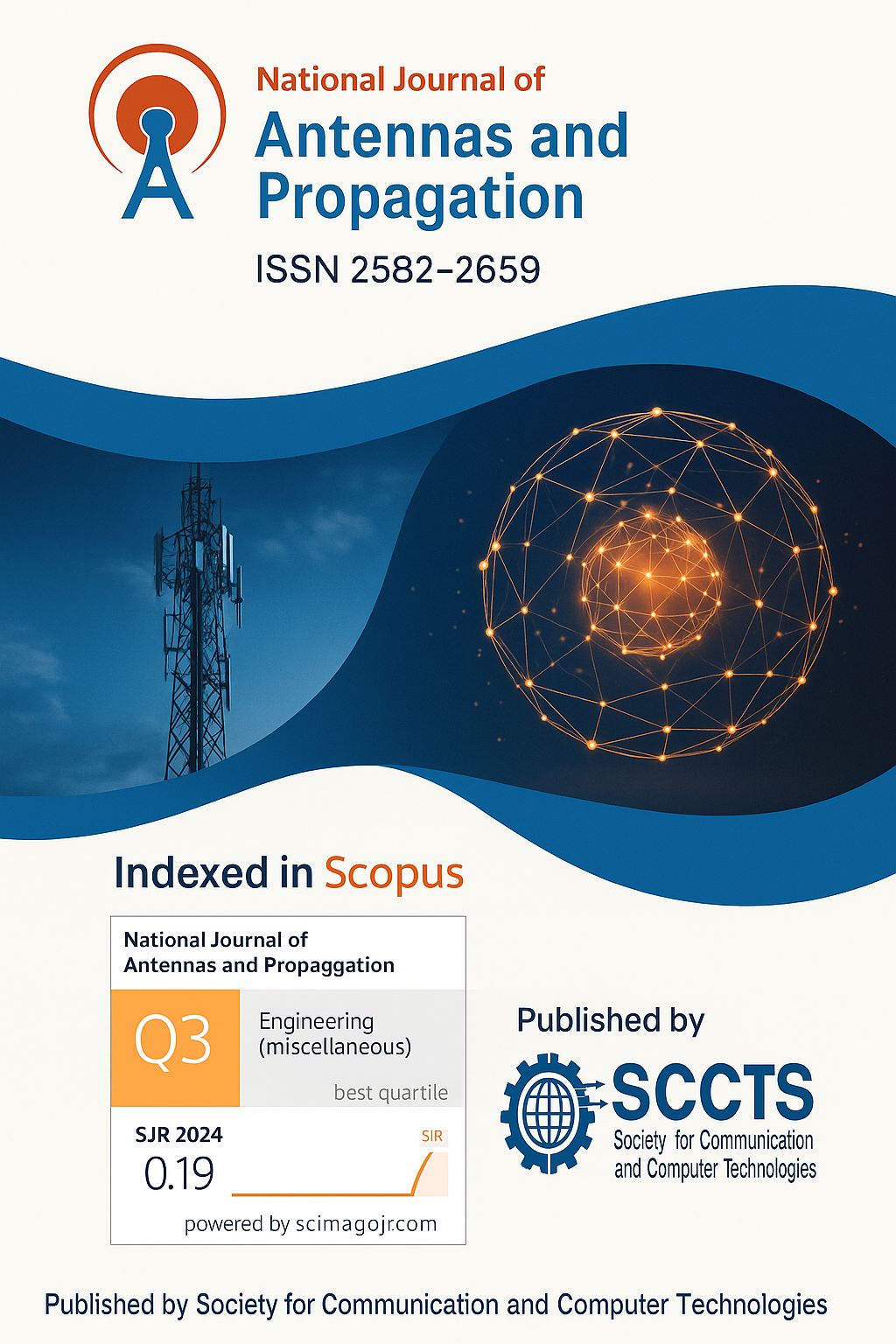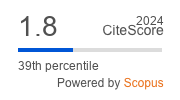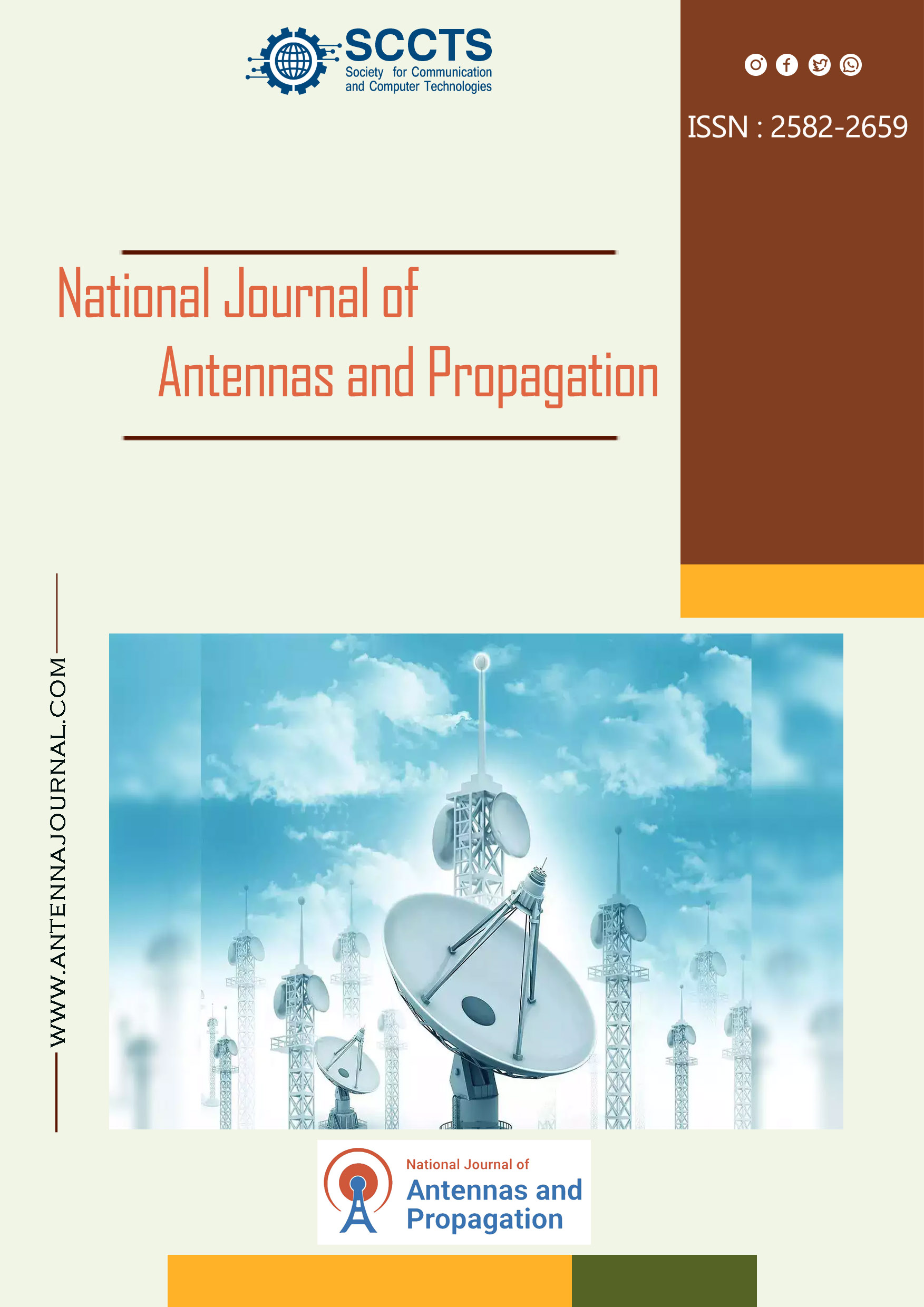Low-Power Edge AI Architectures for Real-Time Signal Processing in IoT Antenna Arrays: Bridging the Gap Between Performance and Energy Efficiency
DOI:
https://doi.org/10.31838/NJAP/07.01.25Keywords:
Edge AI,, IoT Antenna Arrays,, Real-Time Signal Processing,, Low-Power Architectures,, Beamforming,, AI-SoCAbstract
Since many IoT applications are now running, there is greater need for processors that work efficiently in real time, especially those controlling antenna arrays needed for direction finding and sensing objects. Trying to use cloud servers and DSPs to process data at the edge is not practical due to their limitations on low latency and low power use. The study describes a new low-power Edge AI system that conveniently pairs up small convolutional neural networks (CNNs) with antenna signal processors to make it possible for devices to direct the beam in the right place on the spot. The system is designed for a hybrid SoC that has special AI accelerators, so that inferences can be done within 10 milliseconds and the power used remains under 5W. Validation of the architecture relies on simulating and testing it using CST Microwave Studio and over the-air RF snapshots. Adjusting the SNR, the machine-learning algorithm accomplished 45% improved power consumption, higher than that of traditional DSP solutions, together with over 94% accuracy rate. The research has developed a flexible pipeline for edge AI that is both energy-efficient and has fast signal processing, suitable for future innovative smart infrastructure, mm Wave communication and deploying many antennas in a limited space.











